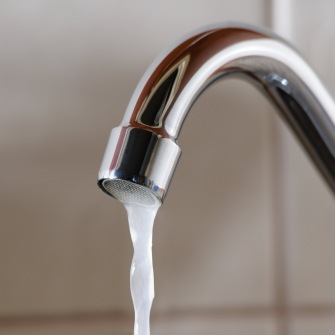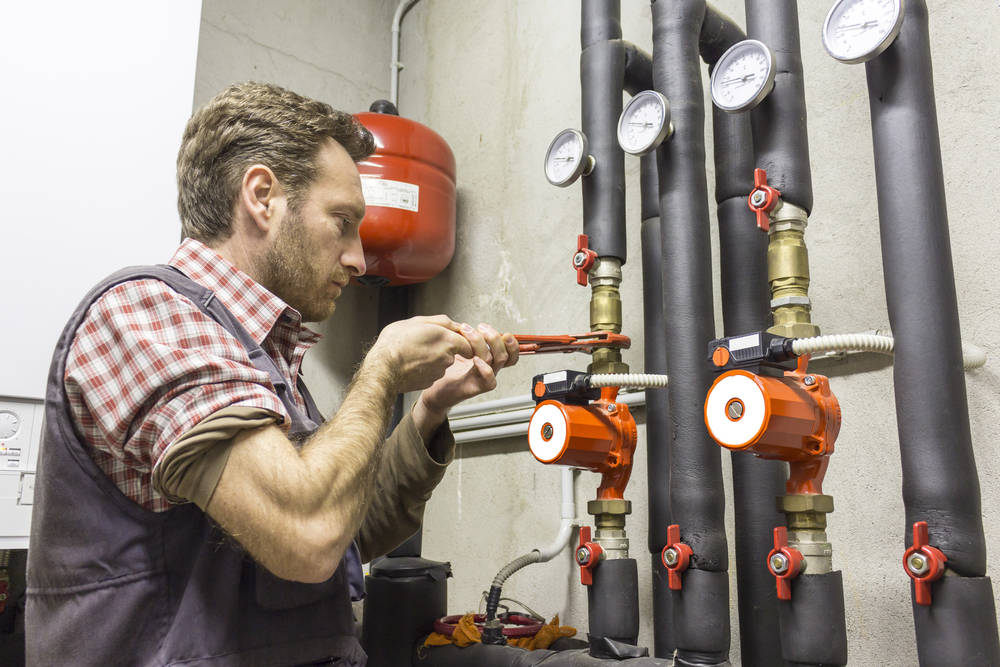Stop Pipe Bursts in Cold Weather: 5 Effective Winterizing Hacks
Stop Pipe Bursts in Cold Weather: 5 Effective Winterizing Hacks
Blog Article
The writer is making a few good points on the subject of How to stop pipes from freezing during the winter overall in this content beneath.

All house owners that reside in temperate climates need to do their finest to winterize their pipes. It is something you need to do during autumn prior to deep winter truly starts. Failing to do so can spell calamity like icy, broken, or ruptured pipelines. If the weather exterior is shocking, below are some convenient winterizing hacks to maintain your plumbing system shielded also.
Activate the Faucets
When the temperature level declines and it appears as if the frigid temperature will last, it will aid to activate your water both inside as well as outdoors. This will keep the water moving with your plumbing systems. Additionally, the activity will certainly slow down the cold procedure. Especially, there's no need to transform it on full force. You'll end up wasting gallons of water by doing this. Rather, aim for regarding 5 declines per minute.
Open Cupboard Doors Hiding Plumbing
When it's cool outside, it would certainly be useful to open cabinet doors that are camouflaging your pipes. They can be someplace in your kitchen area or restroom. This will certainly allow the cozy air from your heater to circulate there. As a result, you stop these exposed pipes from freezing. Doing this tiny technique can keep your pipes cozy and restrict the possibly dangerous results of freezing temperatures.
Require Time to Wrap Exposed Piping
One easy and also great hack to heat up freezing pipes is to wrap them with warm towels. You can additionally use pre-soaked towels in hot water, just don't neglect to put on protective handwear covers to protect your hands from the heat.
Try a Hair Clothes Dryer or Warm Weapon
When your pipes are practically freezing, your dependable hair dryer or warmth weapon is a blessing. If the hot towels do not help remove any kind of resolving ice in your pipes, bowling hot air directly right into them may assist. You might finish up damaging your pipes while attempting to melt the ice.
When Pipelines are Frozen, close Off Water
If you notice that your pipes are entirely frozen or practically nearing that stage, turn off the major water shutoff immediately. You will typically discover this in your basement or laundry room near the heating unit or the front wall closest to the street. Turn it off today to stop additional damage.
With more water, more ice will load up, which will eventually lead to break pipes. If you are unclear concerning the state of your pipes this winter months, it is best to call an expert plumber for an assessment.
All homeowners that live in temperate environments must do their finest to winterize their pipelines. Failing to do so can lead to calamity like icy, fractured, or ruptured pipelines. If the warm towels do not help displace any clearing up ice in your pipelines, bowling hot air directly into them may assist. Transform off the main water valve quickly if you see that your pipes are completely frozen or nearly nearing that phase. With more water, even more ice will pile up, which will ultimately lead to rupture pipelines.
PREVENT YOUR PIPES FROM FREEZING THIS WINTER
A Leading Cause of Property Damage
When the weather is taking a deep nose dive into the cold dreary days, the risk of your pipes freezing and potentially bursting skyrockets. Unfortunately, during these cold dreary months, burst pipes are the most common denominator for property damage. The pipes that are most at the risk are those that are in areas where it is most cold in your home. For instance, pipes located in interior places such as basements, attics, and your garage. Unfortunately, that doesn’t mean that the pipes running through your cabinets or exterior walls can’t freeze. Good news, however, is that you can do things to help prevent pipes from freezing.
How to Prevent Pipes From Freezing
Once the temperature starts to drop during the winter, you should be taking the proper measures needed to ensure that your pipes stay warm and that there is circulation of water through them. Some steps that experts may recommend could go against your better judgement when it comes to saving water and heat. However, it would go without saying that when expenses are compared, damaged pipes could put a bigger dent in your wallet than a water bill.
What Can I Do?
Keep your garage door closed. This is very important, especially if you have water supply lines running through your garage. Open your kitchen and bathroom cabinets to allow warm air to circulate through them. Allow air circulation throughout your home. Keeping the interior doors open will once again allow the warm air to circulate inside your home. Ensure your thermostat is running the same temperature throughout the night and day. If you plan to be away from home during the cold months, set your temperature no lower than 55° F. This should provide enough heat to keep the pipes warm and prevent any remaining water inside the pipes from freezing. For more of a long-term solution, add insulation to attics, basement, and other crawl spaces around your home. By allowing your faucet to drip, it will alleviate pressure in the system. This is important because the pressure that is created between the blockage and the faucet can potentially cause the pipes to burst. Allowing the faucet to drip will prevent the pressure from building up, therefore keeping the pipes from bursting. Seal any cracks, openings, and crawl spaces around your home to prevent cold air from coming inside. This keeps your pipes-not to mention your home-warmer and less susceptible to issues caused by freezing temperatures. For the pipes in your home that are easily accessible, applying electrical tape to them might prevent them from freezing over. This is a quick fix, as you can apply the tape directly to the pipe. There are two options for heating tapes. One turns on and off by itself when it senses heat is needed. The other type of heating tape needs to be applied when heat is needed and removed when not necessary. If you have exposed pipes in your home, you can check this website to take a look at a few options that would be available at a shop near you.

Hopefully you enjoyed reading our section on How to Prevent Frozen Pipes. Thanks a lot for spending some time to read through our article. Please take a moment to distribute this blog posting if you enjoyed it. Thanks for taking the time to read it.
Call Today Report this page